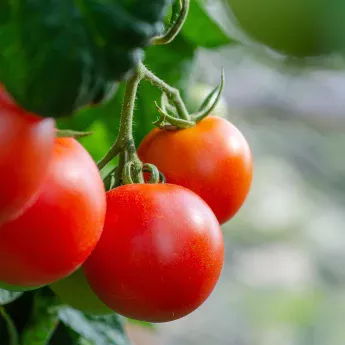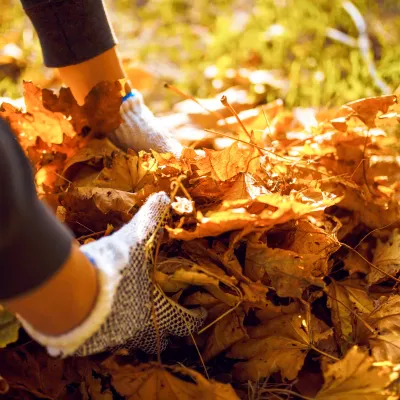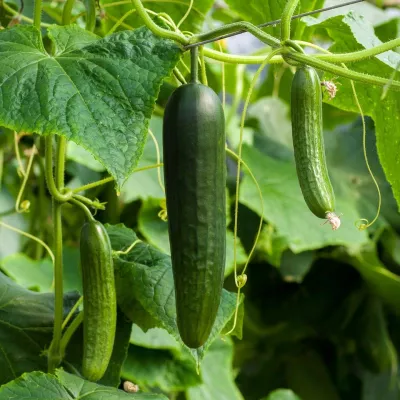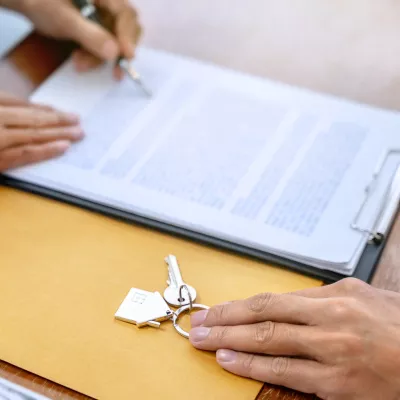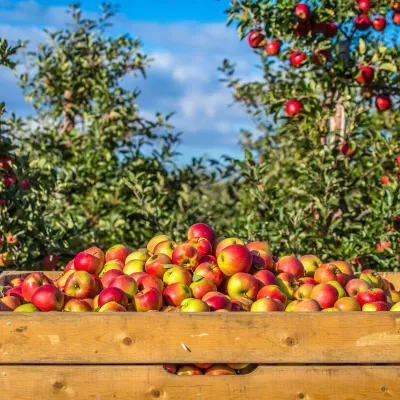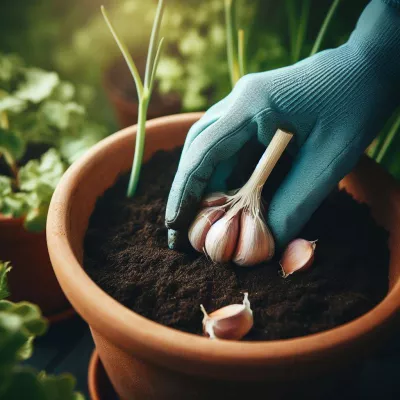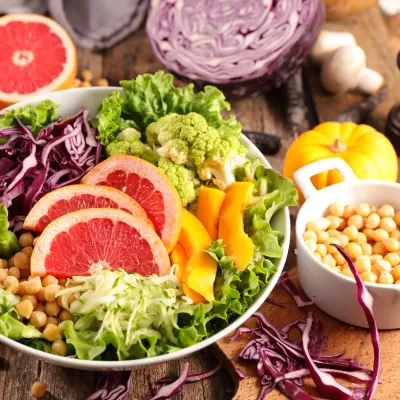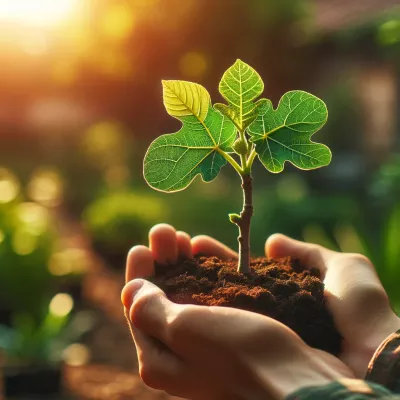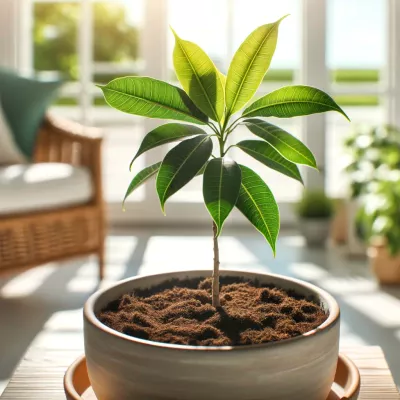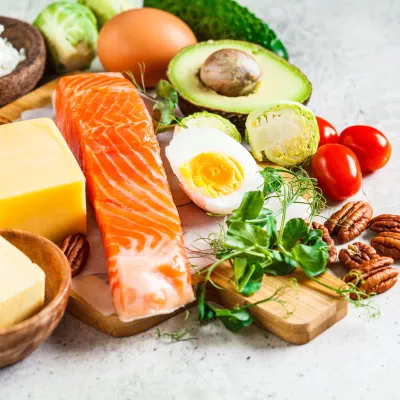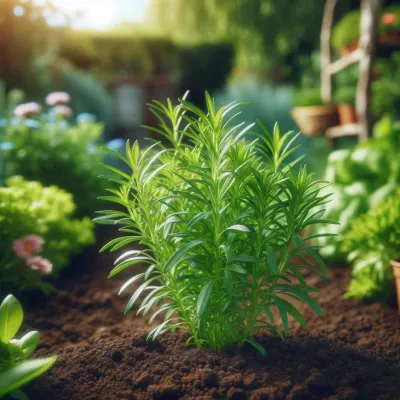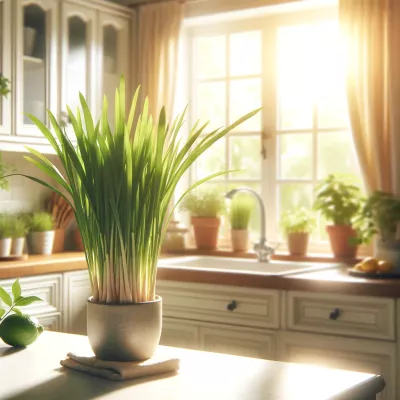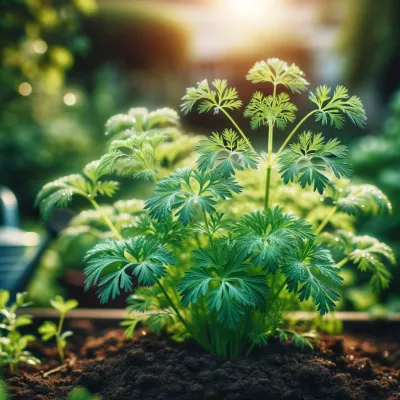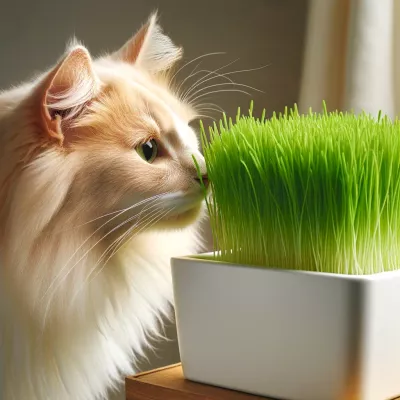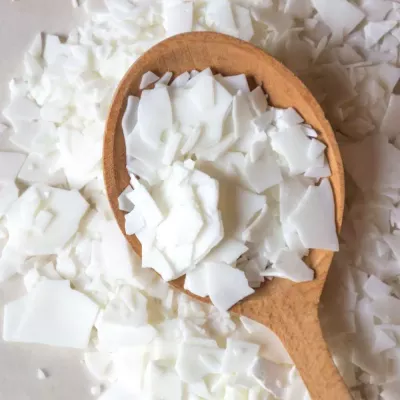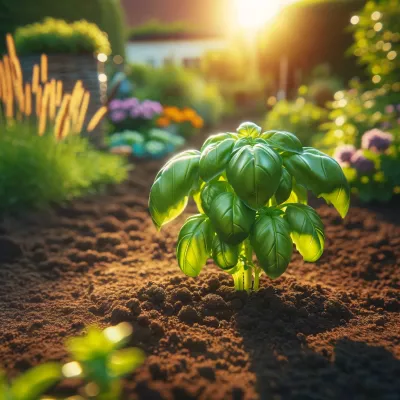

Basil is not only a popular spice that adds a unique aroma and flavor to dishes but also an excellent plant to grow at home or in the garden. In this article, we will tell you how to grow basil, providing it with ideal conditions for growth and development. You will learn about choosing the right location and soil for planting, methods of basil seed planting, key aspects of caring for the plant, and how to harvest it correctly to ensure your basil is always fresh and fragrant. This guide will help both experienced gardeners and newcomers to the world of gardening enjoy a rich harvest of this wonderful plant.
Choosing the Location and Soil for Basil:
To successfully grow basil, it's important to carefully consider the choice of location and soil. This stage is critical as the health and yield of your plant depend on it.
Choosing a Location for Basil
- Sunlight: Basil is a sun-loving plant. It requires a minimum of 6-8 hours of direct sunlight per day. This is especially important for obtaining aromatic and lush leaves.
- In open ground: Choose a spot in your garden that receives an adequate amount of sunlight. Ensure that the plants won't be shaded by large trees or buildings during the day.
- Indoors: If you decide to grow basil indoors, the ideal place will be a sunny windowsill. Make sure the plant gets enough light. If natural lighting is insufficient, you can use special grow lights.
Choosing Soil for Basil
- Drainage: Basil requires well-drained soil, as water stagnation can lead to root rot. The soil should be light and airy.
- Fertility: Use fertile soil rich in organic matter. If you are growing basil in containers, a good choice would be a universal potting mix or a specialized soil mix for herbs.
- Soil pH: Basil prefers neutral to slightly acidic soil with a pH range of 6.0-7.0. You can check the soil pH using a test kit available at most garden centers.
Additional Tips
- Wind Protection: The location for growing basil should be protected from strong winds that can damage the plant.
- Crop Rotation: If you are growing basil in open ground, avoid planting in the same spot every year to prevent soil depletion and the spread of diseases.


 Українська
Українська
 Русский
Русский
 Deutsch
Deutsch
 Polski
Polski
 Magyar
Magyar
 Ελληνικά
Ελληνικά
 Dansk
Dansk
 Español
Español
 Italiano
Italiano
 中文(简体)
中文(简体)
 한국어
한국어
 Latviešu
Latviešu
 Lietuvių
Lietuvių
 Nederlands
Nederlands
 Norsk (Bokmål)
Norsk (Bokmål)
 Bahasa Indonesia
Bahasa Indonesia
 Български
Български
 Português
Português
 Română
Română
 Slovenčina
Slovenčina
 Slovenščina
Slovenščina
 Türkçe
Türkçe
 Suomi
Suomi
 Français
Français
 Čeština
Čeština
 Svenska
Svenska
 Eesti
Eesti
 日本語
日本語
